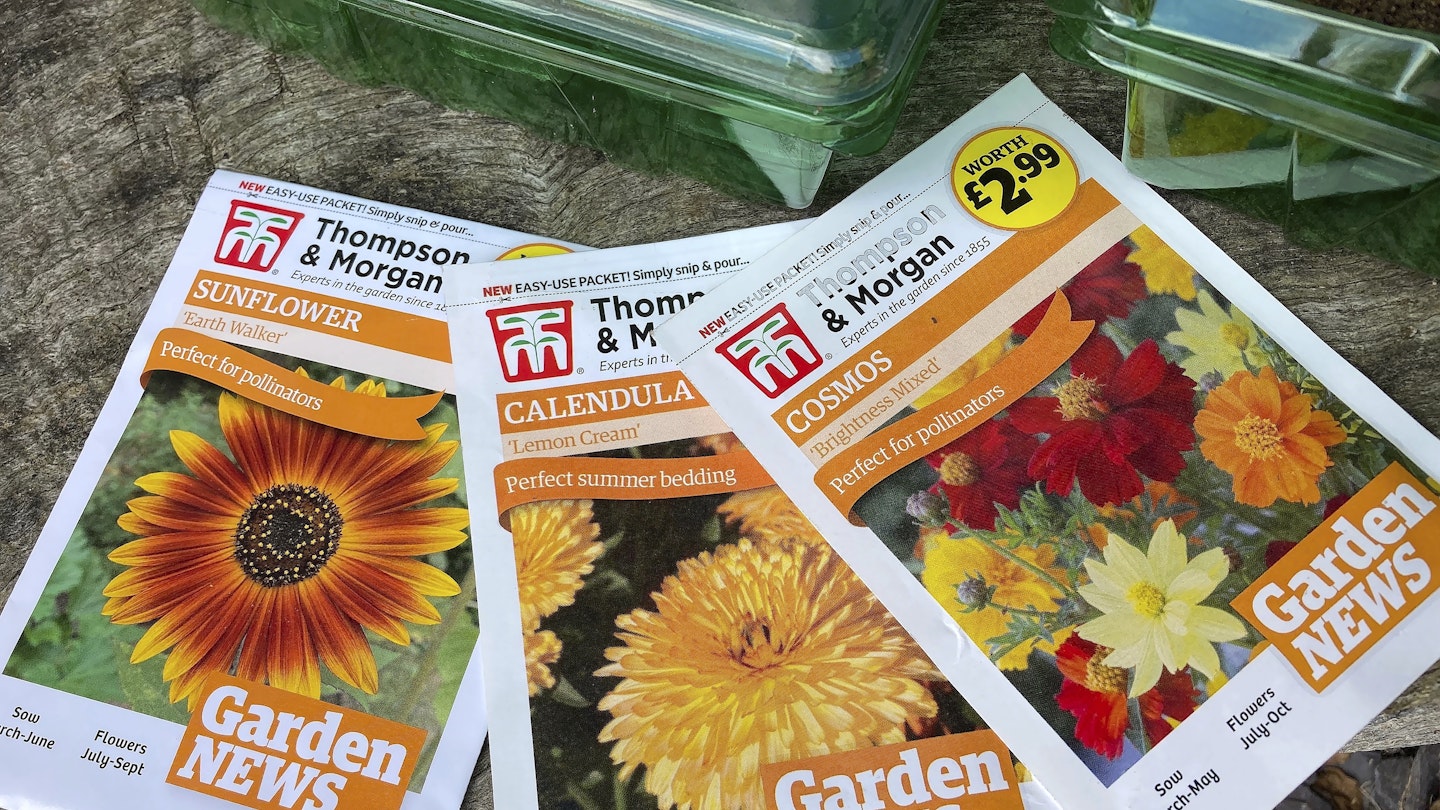Annuals provide a vibrant burst of colour, which may be shortlived but worth every minute. Annuals complete their life cycle in one season, transforming from seed to spectacular flowering plants and back to seed over a few months. Half-hardy annuals need windowsill or greenhouse protection to germinate in March and April’s low temperatures. This nurturing allows seedlings time to grow into established plants.
When temperatures rise transplant them where you want them to grow. As larger plants they stand a better chance against slug and snail attacks, whereas tiny seedlings can be easily munched in one sitting! Alternatively, direct sow hardy annuals. Broadcast sow seed over finely raked soil and seed will germinate where it lands. Once the soil is prepped and seed is sown there’s little to do other than keep seeds moist. Let Mother Nature do the rest and you should have a border of blooms in about 10 weeks or so.
Direct sow cornflowers (Centaurea cyanus), poppies (Papaver rhoeas), love-in-amist (Nigella damascena), corncockle (Agrostemma githago) and Californian poppies (eschscholzia). They’re also perfect for our pollinator friends. Always read seed packet instructions. Some seeds, like nicotiana, need light to germinate. Others, like calendula, can be grown inside or direct sown. Save packets of your free Garden News seed and mix them together to make your own bespoke Garden News annual mix!
